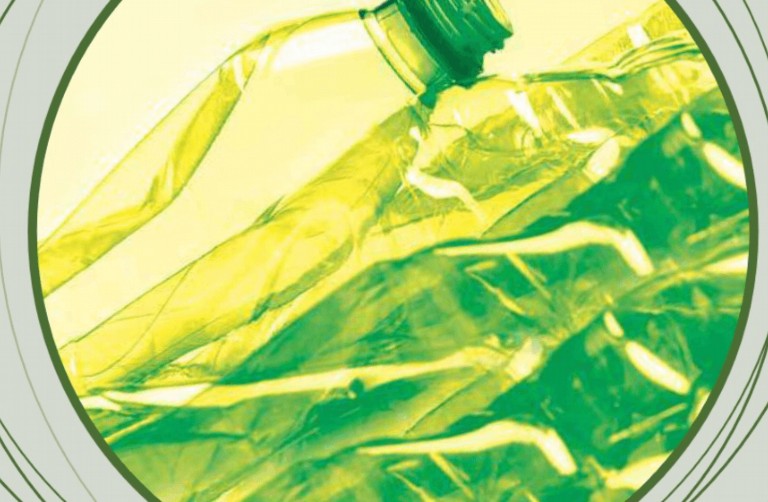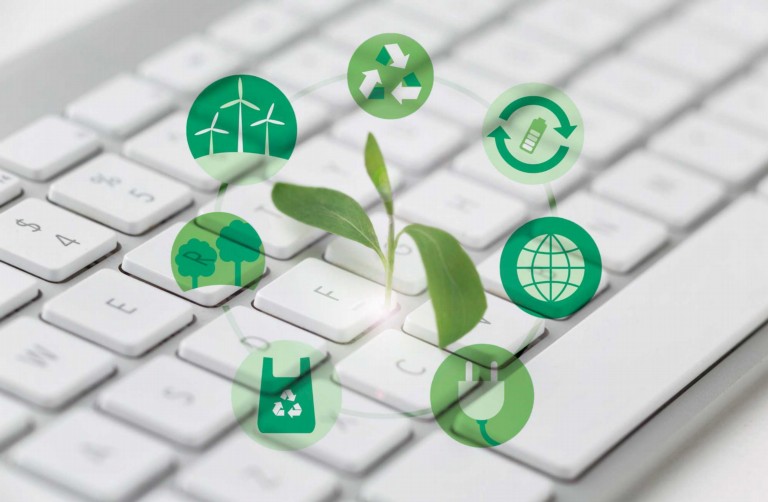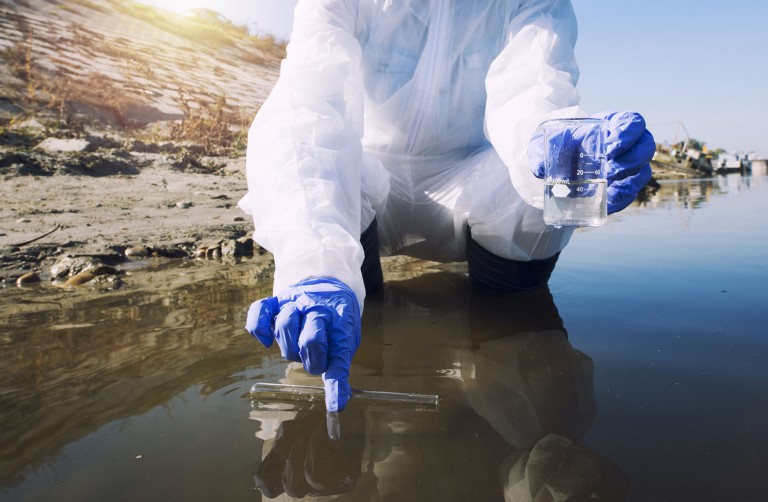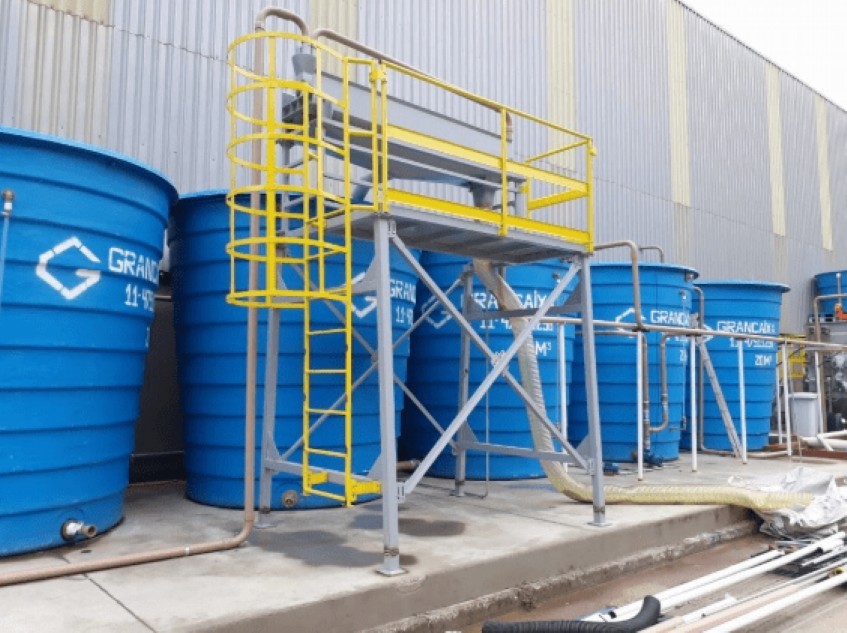
The Effluent Treatment Stations, also known as ETE, are operational units of the sanitation system, whose main objective is to carry out the treatment of effluents and return them to water bodies such as rivers, free of contaminants that may harm the environment.
What are effluents?
Water is one of the most used elements in practically all industrial production processes.
Within the production process it is essential in several stages, ranging from washing floors and machines, going through cooling or steam generation, to the production of products themselves. Therefore, the industry is responsible for 22% of the world's water consumption.
This water, after being used in industry, turns into a liquid waste, which we call effluent, which can be considered as waste from industrial production or sanitary sewage.
Effluent treatment
However, this treatment process is long and complex, which is why the TEE needs to meet parameters set by law. In order to achieve an adequate TEE, it is necessary to know the actual composition of the effluent, as well as the classification of the body of water where the liquid will be discharged.
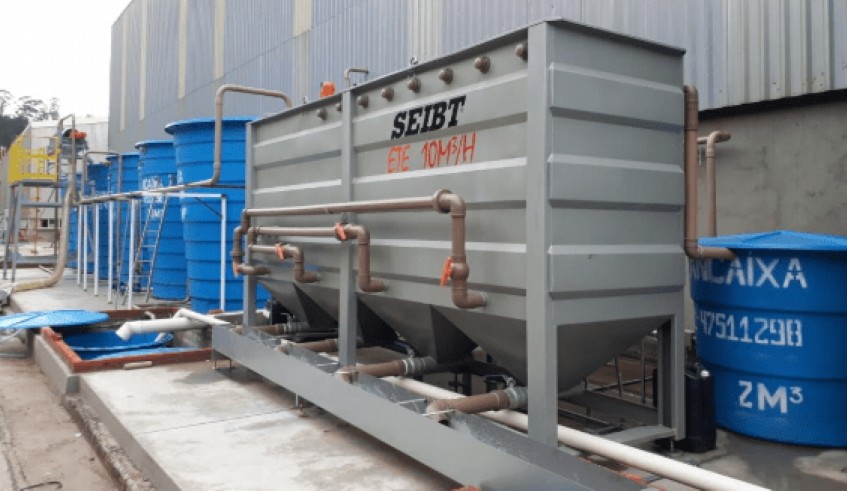
From the knowledge of the composition and classification, each ETE is composed of biological and physical-chemical processes that meet the specific needs of the company.
In Brazil, attitudes towards sustainability can be characterized as environmental crimes according to the legislation. The incorrect disposal of effluents, whether domestic or industrial, brings serious damage to the soil, water and the environment as a whole.
As a form of punishment for companies that do not give due attention to the treatment of effluents, many lose funding, as environmental licensing is increasingly required for funded projects, in addition to principles of socio-environmental responsibility in the execution of works.
Discover the ETE process produced by SEIBT
- Reservation unit 1 is in line with the plastics recycling process.
- When saturated, the water reserved in unit 1 is sent to reservoir unit 2 (dirty water), with the water reserved in unit 3 (treated water) directed to unit 1, starting the cycle again.
- The proposed treatment for the effluent during the water cycle in the system is lamellar sedimentation and disinfection, through the use of a coagulant (PAC), flocculant (syntactic polymer) and alkalizing (soda) dosage.
- The proposed disinfection will be carried out with sodium hypochlorite. The plastic washing effluent does not present a high concentration of nitrogen and phosphorus, but of BOD / COD (Biochemical Oxygen Demand / Chemical Oxygen Demand) and suspended solids.
- Thus, it is believed that the physical-chemical treatment by flocculation-sedimentation is sufficient to make the water subject to reuse (reduction of BOD between 40 - 60% and turbidity between 80 - 95%) for a certain number of cycles.
- The time of water use is directly related to the level of impurities in the plastic material to be recycled.
- Periodically, the system water is discharged into the environment and, after a chemical analysis of the waste water, a complementary treatment process can be applied via activated carbon filtration.
- The treatment sludge is sent to a filter press and later disposed of in a landfill.
Postado por Redação Seibt Máquinas
